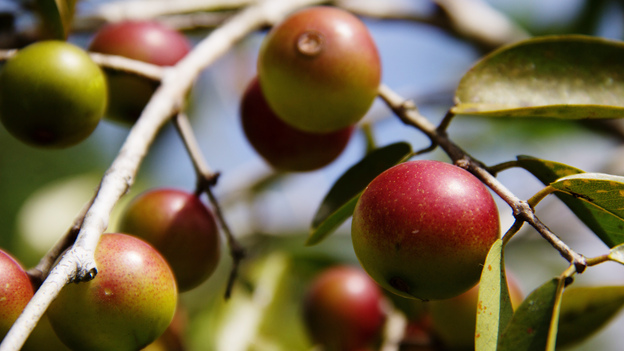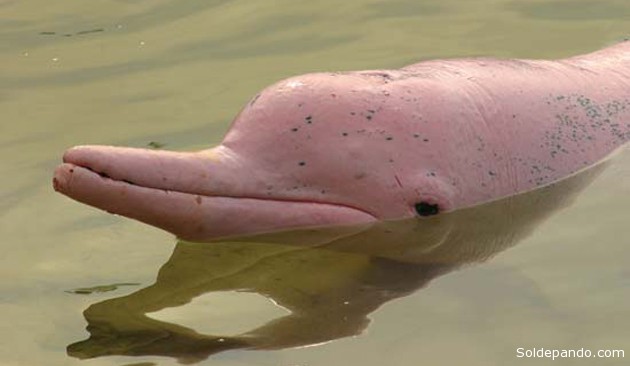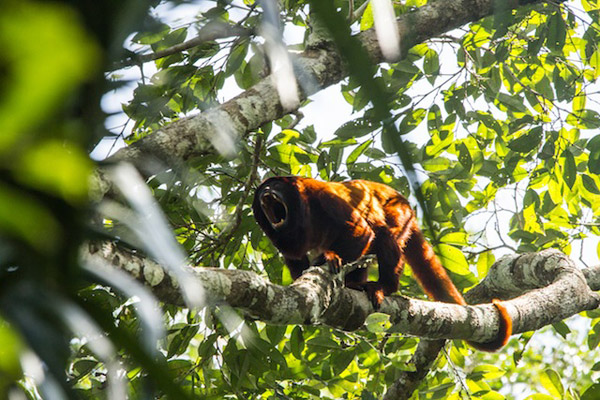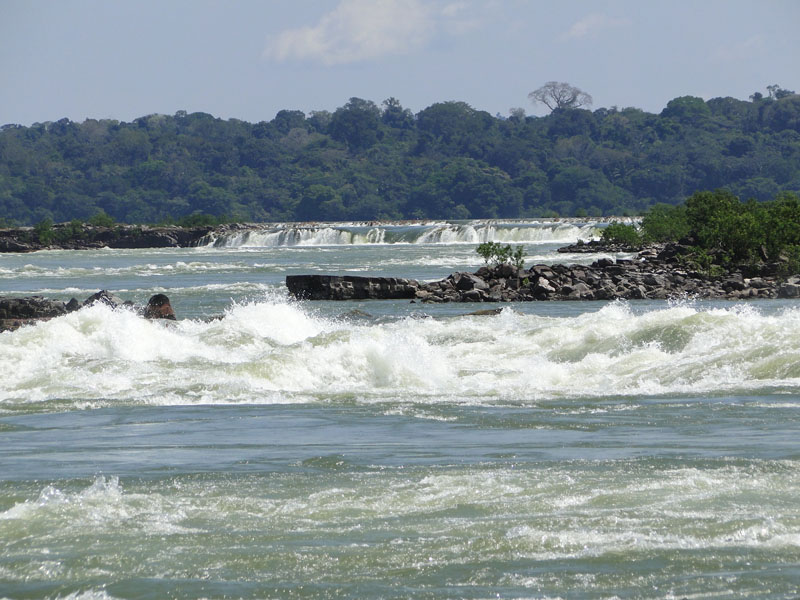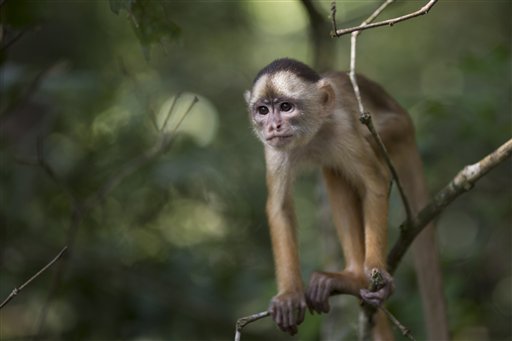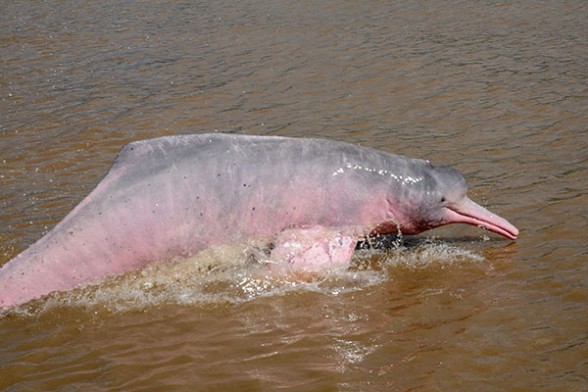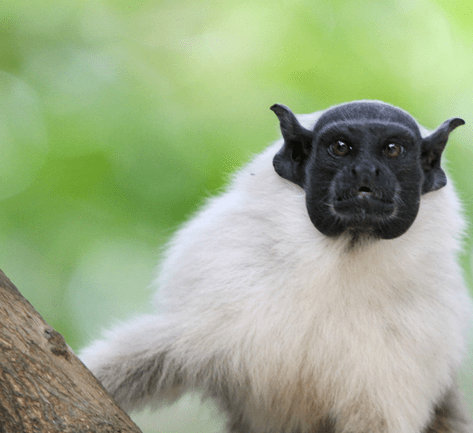For now, camu camu berries grow wild on trees that grow along flooded rivers in the Amazon rainforest. 100 grams of camu camu have 100 times more vitamin C than 100 grams of lemon, and the fruit is full of antioxidants.
Tag: biodiversity
La Razón: Cosmetics company flourishes with amazonic biodiversity of Bolivia
Products are made with fruits of the Bolivian Amazon, which generate 100% vegetable oils, which are extracted by indigenous communities using traditional methods.
Video: The Amazon in 3D, images like you have never seen
High definition footage of the forest are the strong in this production which opens on Thursday. Monkey protagonist enchants children.
La Hora: Biologists warn again about loss of species in Yasuni
Concern of biologists for oil exploitation in the Yasuní National Park remains, especially since it was approved the environmental license for exploitation of Tambococha and Tiputini fields.
Organization counted 141 dolphins in rivers of Chapare in Bolivia
A scientific team established that in the tributaries of the Mamore River in the Chapare, in Bolivia, there is a population of 141 pink dolphins.
New film will showcase one of the least-known regions in the deep Amazon
Three filmmakers plan to spend six months filming in one of the most remote, most spectacular, and most endangered ecosystems on the planet: the Las Piedras River system in the Peruvian Amazon.
The solitary photographer from the Amazon National Park
Former park vigilant, Gilberto Nascimento Silva alone accumulated pictures of more than 800 species, a study conducted without any support.
El Nuevo Herald: Exotic animals abound in Brazilian Amazon
Giant spiders, poisonous snakes and mosquitoes that transmit malaria are found in the Amazon. The region also has one of the largest varieties of insects in the world.
Los Tiempos: Bolivian River dolphin inhabits rivers of Cochabamba
At a journey of 483 kilometers on Ichilo, Chimoré, Ibabo and Chapare rivers, a total of 141 dolphins were sighted.
A Crítica: Threatened Amazon animal may become extinct in decades
Deforestation, real estate pressure and uncontrolled growth of Manaus have reduced the population of the primate that is endemic to the Amazon capital.


